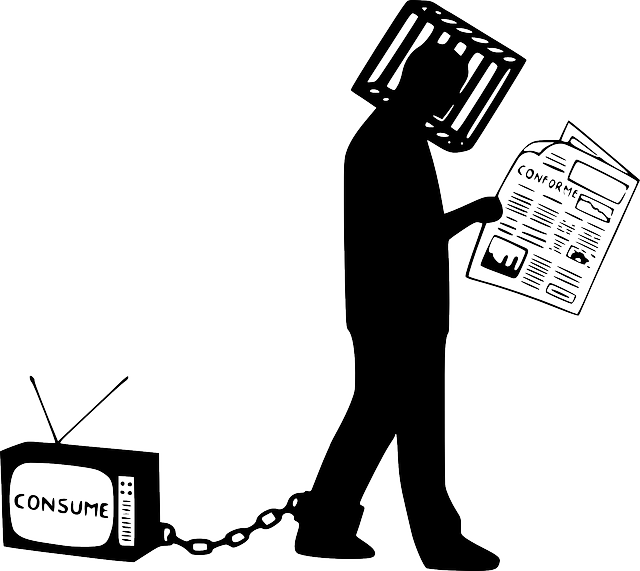Debt restructuring for individuals is a comprehensive strategy to combat overwhelming debt, offering relief, control, and long-term financial stability. By reassessing and reorganizing debts, it simplifies repayment, reduces interest rates, and addresses underlying stressors. This approach empowers people to manage their finances effectively, build budgets, prioritize high-interest debts, save for emergencies, and invest wisely, ultimately paving the way for a debt-free future.
Debt restructuring is a powerful tool for individuals facing financial stress and anxiety. This comprehensive guide explores how structured debt management can unlock financial freedom. We delve into identifying signs of overwhelming debt, understanding your options, and implementing effective strategies for restructuring. By following our step-by-step approach, you’ll gain control over your finances and build a sustainable path forward. Discover valuable tips for post-restructuring financial health and reclaim your peace of mind through responsible debt management.
- Understanding Individual Debt Restructuring: Unlocking Financial Freedom
- Identifying the Need for Change: Signs and Causes of Financial Stress
- Strategies for Effective Debt Restructuring: A Step-by-Step Guide
- Building a Sustainable Future: Post-Restructuring Financial Management Tips
Understanding Individual Debt Restructuring: Unlocking Financial Freedom

Debt restructuring for individuals is a powerful tool designed to help those burdened by overwhelming debt regain control over their financial lives. It involves reassessing and reorganizing existing debts, often through various strategies like debt consolidation, loan refinancing, or even debt forgiveness programs. The primary goal is to simplify repayment terms, reduce interest rates, and create a more manageable financial plan. This process offers individuals the chance to unlock financial freedom by breaking free from the cycle of constant debt payments.
By restructuring debt, individuals can significantly lower their monthly outgoings, making it easier to manage essential expenses and even save for the future. It provides an opportunity to learn responsible money management practices while addressing the root causes of financial stress and anxiety. Through careful planning and guidance from experts, those in debt can navigate a path towards financial stability and long-term prosperity.
Identifying the Need for Change: Signs and Causes of Financial Stress

Financial stress is a growing concern for many individuals, often stemming from an overwhelming sense of debt and a lack of control over one’s finances. Recognizing when it’s time to initiate debt restructuring is crucial in overcoming this anxiety. Signs indicating a need for change include consistently missing bill payments, high-interest debt, and the inability to make ends meet each month.
Causes of financial stress are diverse, ranging from job loss or unexpected expenses to poor money management and impulsive spending. When individuals feel trapped under the weight of their debts, debt restructuring becomes a viable solution to regain financial stability and alleviate the associated anxiety.
Strategies for Effective Debt Restructuring: A Step-by-Step Guide

Debt restructuring is a powerful tool for individuals seeking financial relief and a fresh start. It involves carefully planning and organizing your debts to make them more manageable, often by extending repayment periods or negotiating lower interest rates. This process can significantly reduce financial stress and anxiety associated with overwhelming debt.
To embark on this journey effectively, follow these steps:
1. Assess Your Financial Situation: Begin by evaluating all your debts, including loans, credit cards, and any other financial obligations. Understand the minimum payments required for each and calculate your overall monthly expenditure. This step is crucial in identifying areas where adjustments can be made to free up more funds for debt repayment.
2. Prioritize and Communicate: Prioritize your debts based on interest rates and urgency. Focus on paying off debts with higher interest first while making minimum payments on others. Open communication with lenders or creditors is essential; many are willing to negotiate, offering lower rates or extended terms as a testament to your willingness to repay.
Building a Sustainable Future: Post-Restructuring Financial Management Tips

After successfully navigating debt restructuring, individuals can begin building a sustainable financial future. The first step is to create and stick to a realistic budget that accounts for all income and expenses. This ensures responsible spending and helps prevent future debt accumulation. Additionally, prioritizing high-interest debts and regularly reviewing financial goals are crucial for maintaining momentum.
Saving for emergencies and investing wisely should become integral parts of the post-restructuring routine. Building an emergency fund can provide a safety net against unforeseen circumstances, while investing in diverse assets can help grow wealth over time. Regularly assessing financial health and adjusting plans as needed ensures individuals stay on track, fostering both financial stability and peace of mind.
Debt restructuring is a powerful tool for individuals to overcome financial stress and anxiety, offering a path to financial freedom. By understanding the process, recognizing the signs of distress, and implementing effective strategies, anyone can navigate their way to a more secure future. Post-restructuring, prioritizing sustainable financial management practices ensures long-lasting benefits. Embrace these steps, and take control of your financial well-being with confidence.







